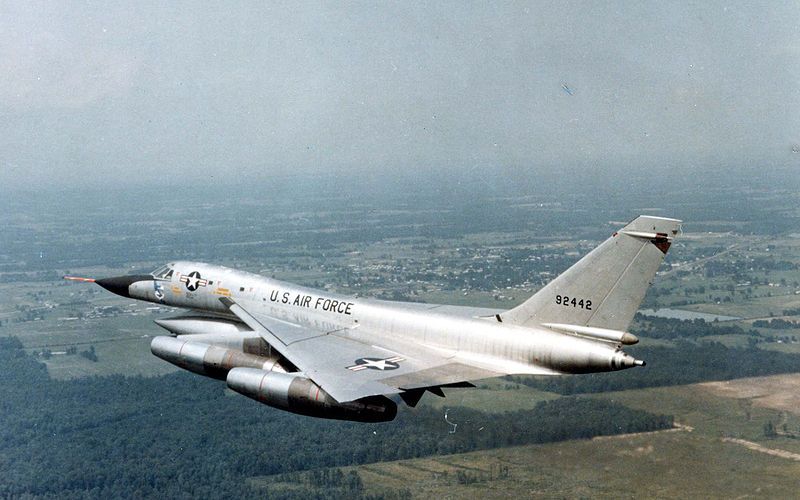The B-58’s complex flight control system was a cause for continual anguish; designers, pilots, and mechanics all struggled with it. Because of the delta wing configuration, the bomber had no horizontal elevators or wing-mounted ailerons. Instead, it had a very complex system of linkages that connected the wing’s elevons (a combination of ailerons and elevators) to the large rudder.
“You would sit there on the end of the runway doing all kinds of checks on the flight controls,” Cotton says. “It was an extremely complex arrangement, centered around the power control linkage assembly. When I preflighted the airplane, I made sure the crew chief had it opened up so I could look up in there to see if there were any hydraulic leaks and that the rods were all connected—the system was a hydro-mechanical-electrical maze.” Most pilots and crew members referred to it as the “three-bicycle wreck” since it looked like the engineers had run three bikes together.
“I think the flight control system led to the loss of a few people and aircraft,” Cotton says. “It took a tremendous amount of understanding. A lot of pilots would tell you that they flew the airplane a long time before they understood what they were doing when they mixed the stick around.”

